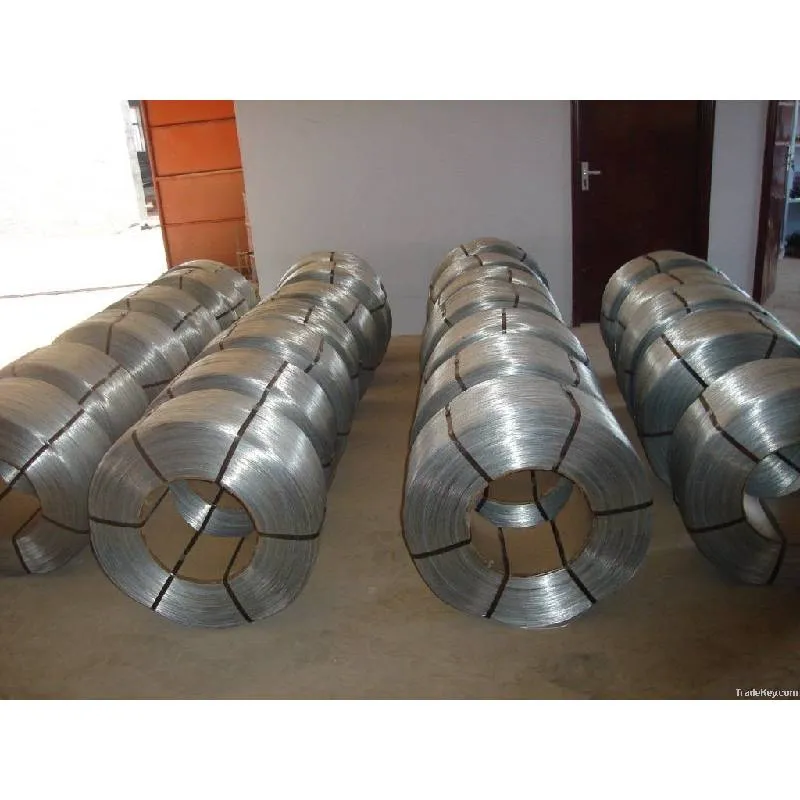
- Mobile Phone
- +8613931874955
- sales@cntcmetal.com
Installing Wall Ties for Enhanced Structural Integrity and Stability in Your Home or Building
Installing Wall Ties A Comprehensive Guide
Wall ties play a crucial role in the construction and stability of brick and masonry walls. They are metal pieces, typically made of galvanized steel or stainless steel, that connect the outer layer of a cavity wall with its inner layer. Proper installation of wall ties is essential to maintain structural integrity, prevent moisture infiltration, and ensure the overall longevity of the building. This article aims to provide a comprehensive overview of wall tie installation, including the types of wall ties, tools required, and step-by-step guidance.
Types of Wall Ties
Before delving into the installation process, it’s important to understand the different types of wall ties available. The most common types include
1. Flexible Wall Ties These ties can accommodate slight movements in the wall structure, making them suitable for buildings exposed to shifting soil or temperature changes.
2. Stainless Steel Wall Ties Known for their durability and resistance to corrosion, these ties are ideal for coastal areas or environments with high moisture content.
3. Galvanized Wall Ties Coated with a layer of zinc, these ties offer good protection against rust and are commonly used in residential construction.
Understanding which type of tie is appropriate for your project will ensure optimal performance and longevity.
Tools Required
To install wall ties effectively, you will need the following tools
- Measure tape - Level - Drill with masonry bits - Wall tie fixing tools (for mechanical ties) - Safety goggles and gloves
installing wall ties

Having the right tools on hand will make the installation process smoother and safer.
Step-by-Step Installation Guide
1. Planning and Marking Begin by determining the spacing for your wall ties. Typically, they should be spaced at 600 mm intervals horizontally and 450 mm vertically. Mark these locations on the wall for accurate installation.
2. Drilling Holes Using a masonry drill bit, drill holes at the marked locations on both the outer and inner walls. Ensure that the holes are deep enough to accommodate the ties securely.
3. Inserting Wall Ties Insert the wall ties into the drilled holes. For mechanical ties, ensure they are fixed securely according to the manufacturer’s instructions.
4. Checking Alignment Use a level to check the alignment of each tie as you install them. Proper alignment is crucial for ensuring lateral stability and transferring loads between the wall sections.
5. Securing the Ties For flexible wall ties, you’ll need to secure them with the appropriate fixing tools. Ensure that each tie is firmly anchored and that excess play is minimized.
6. Repeating the Process Continue this process until all wall ties are installed across the designated area. Double-check the intervals and alignment frequently to ensure consistency.
7. Final Inspection Once all ties are in place, conduct a thorough inspection. Look for any signs of misalignment or loose ties and rectify any issues before proceeding with the next steps in your construction project.
Conclusion
Installing wall ties is a fundamental part of masonry construction that ensures stability and resilience in structures. By selecting the right type of wall tie, using the appropriate tools, and following a systematic installation process, builders can maintain the integrity and safety of their buildings. Always remember to adhere to local building codes and regulations, and when in doubt, consult with a professional for guidance. Properly installed wall ties not only enhance structural integrity but also protect your investment for years to come.
share:
-
Your Source for Concrete Wall Ties and Masonry AccessoriesNewsJul.10,2025
-
Unlocking the Power of Iron Wire for Every ProjectNewsJul.10,2025
-
Explore Advanced Chain Wire and Stainless Steel Mesh FencingNewsJul.10,2025
-
Discover the Benefits of Annealed Wire ProductsNewsJul.10,2025
-
Discover China Stainless Steel Wire Mesh SolutionsNewsJul.10,2025
-
Build with Confidence Using High-Performance Masonry AccessoriesNewsJul.10,2025
-
Why Sacrificial Formwork Is Redefining Underground ConstructionNewsJun.06,2025



















